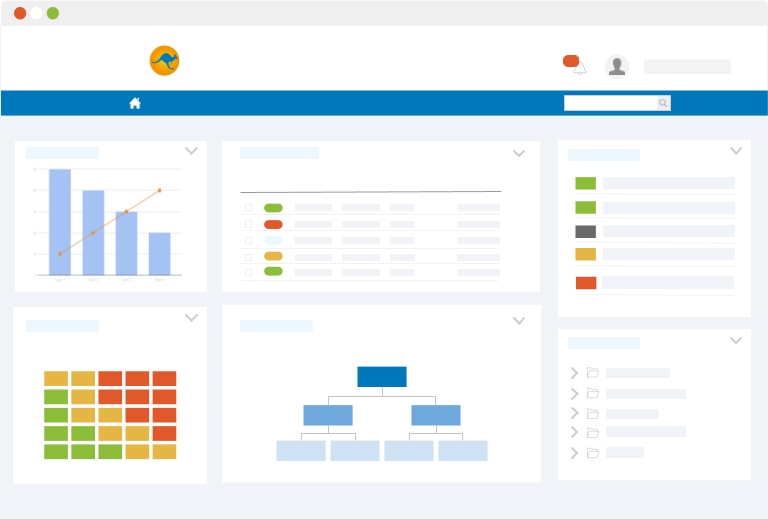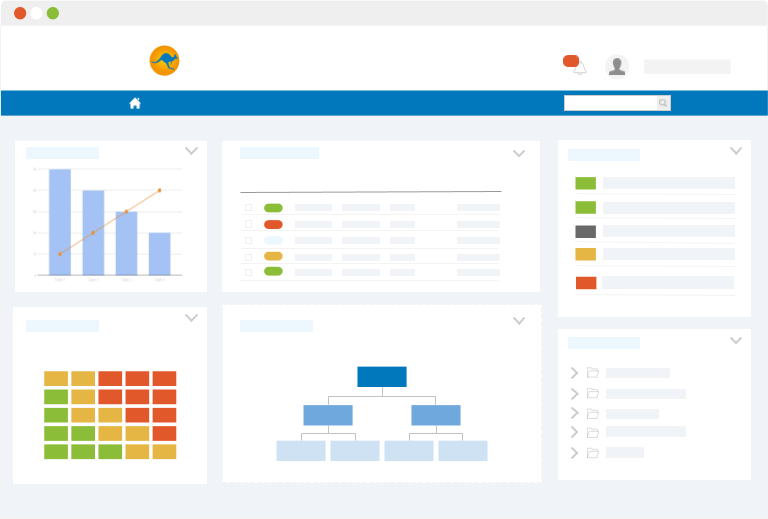What are the current challenges of environmental management?
In response to the health crisis, governments around the world have launched recovery plans on the economic and social levels to respond intelligently to the ecological transition. A twofold challenge lies within these recovery plans:
- Decarbonisation: a new economic plan in each country to reduce at least by 40% the Green House Gas emissions by 2030 as established in the Paris agreement and in the UN Climate Change Conference (COP 26) in Glasgow.
- The Shift and focus on green technologies for the various industries.
The main environmental management challenges are not only regulatory and economic, but also social and strategic. This is due to the increasing concern of consumers and customers around the world about these issues.
In any organisation, environmental managers must: identify, prevent and control the environmental aspects and impacts of activities, in addition to work and direct the operations towards the sustainable development goals.
What are the environmental regulations?
Every project, product or service launched by companies and consume resources will eventually produce wast. Therefore, it is important to conduct a detailed analysis and assessment of the environmental impact of these activities. This an essential part of the environmental management.
Recently, regulations and directives have evolved to include waste management principles, the control-monitoring-transportation of hazardous substances and greenhouse gas emissions balance.
Each country in the world has its own regulatory framework and restrictions concerning the protection of the environment. In addition, there are many other agreements signed and adopted by many governments, like the UN climate change conferences and the Paris agreement, which add more requirements to companies regarding their environmental emissions. All these environmental laws and regulations are monitored and investigated by many governmental administrations and organisations.
Here are some examples:
England:
The Control of pollution Act , Environmental Protection Act, Wildlife and Countryside Act, Climate Change Act 2008, Energy Act 2020, etc. (More information)
Europe: EU taxonomy, Green Deal.
United States:
The Environmental Protection Agency (EPA), The Occupational Safety and Health Administration (OSHA), Clear Air Act (CAA), Clear Water Act (CWA), Comprehensive Environmental Response, Compensation, and Liability Act (CERCLA), National Environmental Policy Act (NEPA), Resource Conservation and Recovery Act (RCRA), etc. (More information)
India:
The National Green Tribunal Act, The Air (Prevention and Control of Pollution) Act, The Water (Prevention and Control of Pollution) Act, The Environment Protection Act,
The Hazardous Waste Management Regulations, etc. (More information)
Australia:
Environment Protection and Biodiversity Conservation Act (EPBC), etc. (More information)
Which tools can facilitate environmental management?
Environmental management is an essential issue, especially in industrial activities. However, despite the taxes and fines in force, many organisations do not comply with environmental regulations, due to shortcomings within the system and processes.
For this reason, organisations use tools that facilitate compliance, favor the measurement of environmental performance and improve their brand image.
Here are a list of some commonly used standards that can be helpful tools to guide you in your environmental management implementation:
- ISO 14000 Environmental Management Standards (Try ISO 14001 app by BlueKanGo)
- Product Life Cycle Analysis
- Cradle to Cradle design
- Leadership in Energy and Environmental Development (LEED)
- The Dow Jones Sustainability Indexes (DJSI)
- Global Sustainability Reporting Initiatives (GRI), and many more.
Why digitise your environmental management system?
The common factor of these tools is the collection of data and information for subsequent analysis. This becomes a difficulty if there is no centralised and organised information system. Today there are different digital solutions to gain efficiency.
For example, if you need to make monthly or annual environmental performance reports, there is nothing better than a tool that record all the history of previous results in different forms reports, graphs and statistics that can be very useful when you need to compare your recent environmental emissions and performance. In addition a digital tool can help you assess your compliance level with an internal scoring system and the percentages of compliance of each of the actions stipulated in the global action plan.






